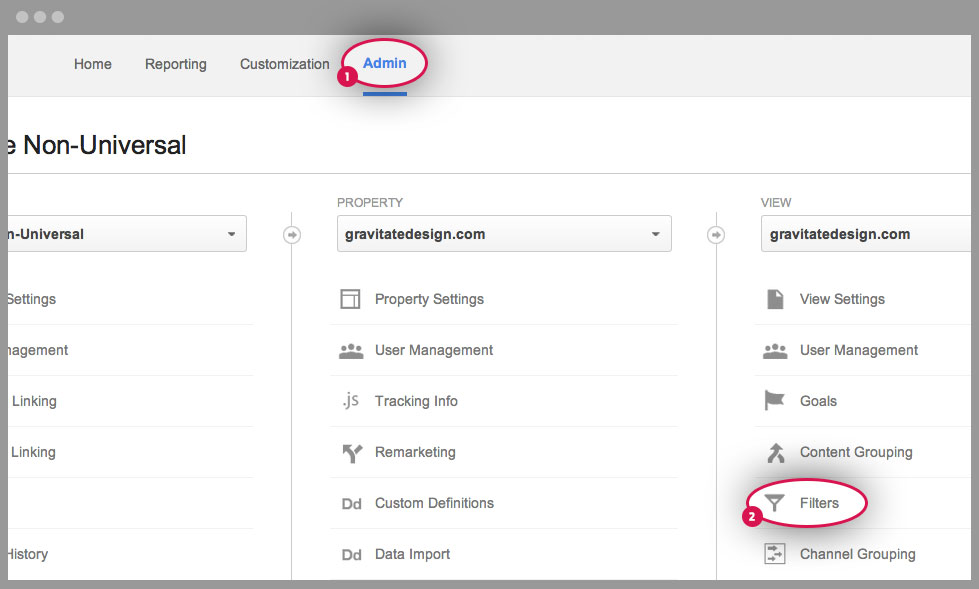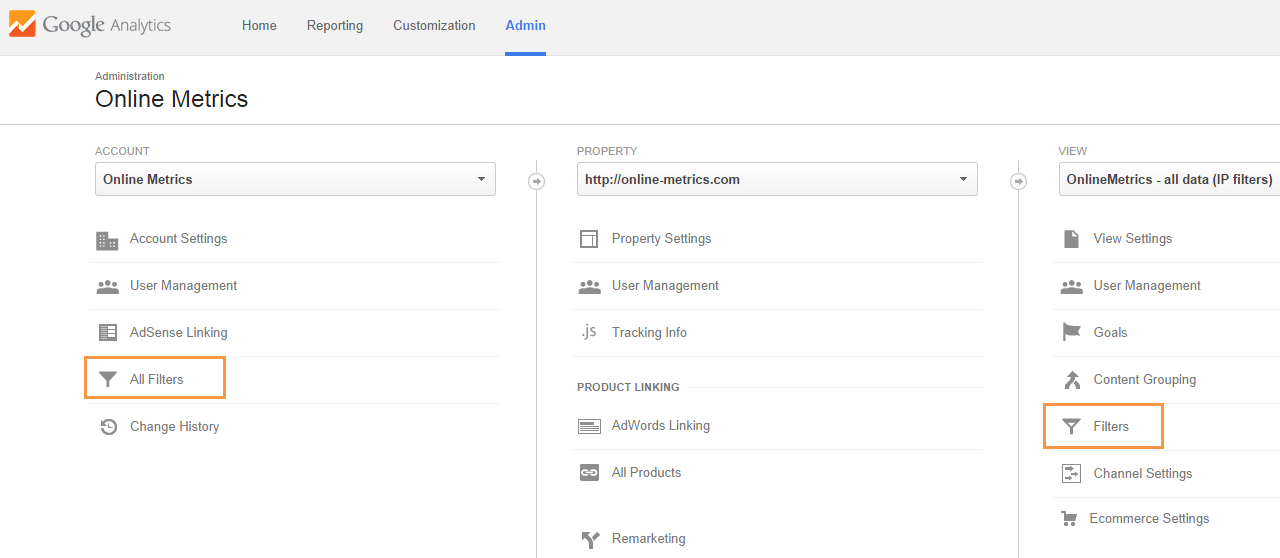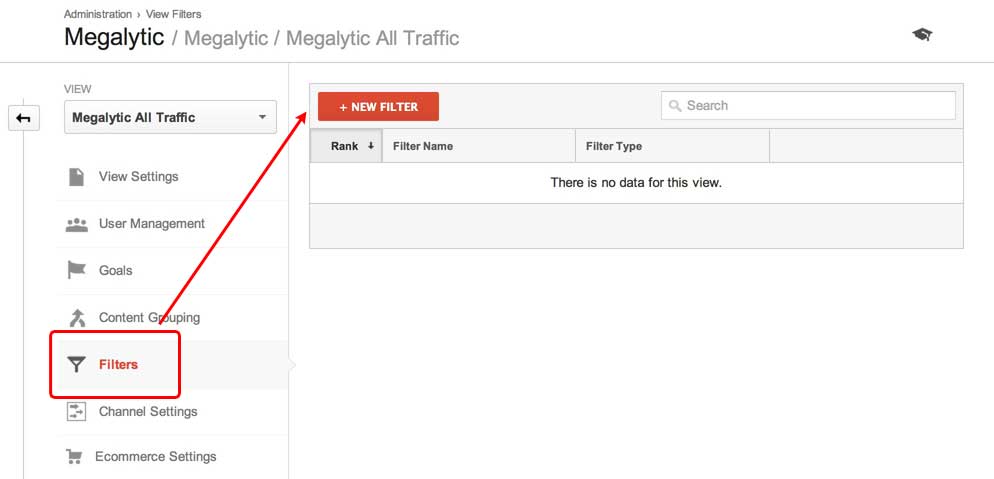Some Known Questions About In Which Order Does Google Analytics Filter Data.
Wiki Article
The smart Trick of In Which Order Does Google Analytics Filter Data That Nobody is Talking About
Table of ContentsThe Best Guide To In Which Order Does Google Analytics Filter DataThe Facts About In Which Order Does Google Analytics Filter Data Revealed7 Simple Techniques For In Which Order Does Google Analytics Filter DataIn Which Order Does Google Analytics Filter Data Fundamentals Explained
error: Alert: Web content is protected!! We utilize cookies on our web site to provide you one of the most relevant experience by remembering your choices as well as repeat gos to (In Which Order Does Google Analytics Filter Data). By clicking "Approve All", you grant using all the cookies. Do not market my individual details. Take care of approvalIn this blog post, we review the benefits of Filters and also how to create them to fix some usual problems. Filters work together with Views, to separate a subset of your information. Keep in mind that, here, the term "Filter" is short-hand for "View Filter," which need to not be confused with the filters that can be included to personalized reports.
They are applied during information collection for a View so that the undesirable data never gets saved in that Sight. Advanced Segments, on the various other hand, work with records and also limit the information revealed in a specific record.
Use Filters when you require a View where all the reports show only the filtered data. One benefit of making use of Filters (rather than Sections) is information safety. In some cases, you wish to give access to some, but not all, of your analytics information. Suppose you desire to give the editorial group access to analytics records regarding the firm blog, but restrict access to information from the rest of the website (e.
The Main Principles Of In Which Order Does Google Analytics Filter Data
In this circumstance, you would certainly create a "Blog Just" Sight by applying a Filter that limits information to only Blog Pageviews. You can usually accomplish the exact same results in your records by using Sections.It is likewise less complicated for individuals, who may not be totally proficient in Google Analytics, to just tell them to look at a particular Filteringed system Sight, rather than showing them how to work with Sectors. Note that Filters as well as Sections do not generate specifically the same results.
By constantly having at the very least one unfiltered View, you know that you are covered. To produce a Filter, open up the Admin section, select the Sight you desire to filter, select "Filters," and click on "+ New Filter (In Which Order Does Google Analytics Filter Data)." You will then exist with a configuration display for establishing up your Filter

See This Report about In Which Order Does Google Analytics Filter Data
When you initially produce a Filter, you should try it out on an examination Sight. By doing this, if you make a blunder, you will not corrupt the data in among your existing Sights. Now that you know just how to create a Filter, allows have a look at a few of the better kinds of Filters you may wish to make use of to examine your internet site.For this instance, I used the free IP Range Routine Expression Builder given by Analytics, Market. The example over works just if your internal web traffic comes from static IP addresses i. e., the address (or range) does not change. However, if your employees visit from house, or when driving, after that possibilities are check out here their website traffic is originating from vibrant IP addresses, and there is no other way to know ahead of time where they are coming from and filter them out utilizing an IP address.
You might desire to have a Sight that has just blog site traffic. Below is the Filter that we make use of to develop our "Megalytic Blog Only" Sight. In this case, we have the ability to utilize the "Predefined filter" alternative as well as just define the blog directory for addition. All hits from sees to page courses that do not start with "/ blog site/" will be filteringed system out of this Sight.
As an example, we have a View that shows just web traffic from visited Users. We use this View to examine the habits of people who are using the Megalytic product, as opposed to surfing the website or reviewing the blog site. One method to do this is to create a custom-made dimension that will certainly flag the Procedure from your "Super straight from the source Users." You will additionally need to include tracking code to your website that establishes the custom-made dimension.
The Definitive Guide to In Which Order Does Google Analytics Filter Data
As soon as the custom measurement is set up as well as monitoring, you can produce a View Filter to include only Sessions where that custom-made measurement has actually been established. At Megalytic, we use a personalized measurement named "User, Id" to determine Users that have actually created Megalytic accounts. Right here is what our Filter interpretation resembles.
You need to never include any type of filters to this sight. Use your filters to this "Examination View".

Report this wiki page